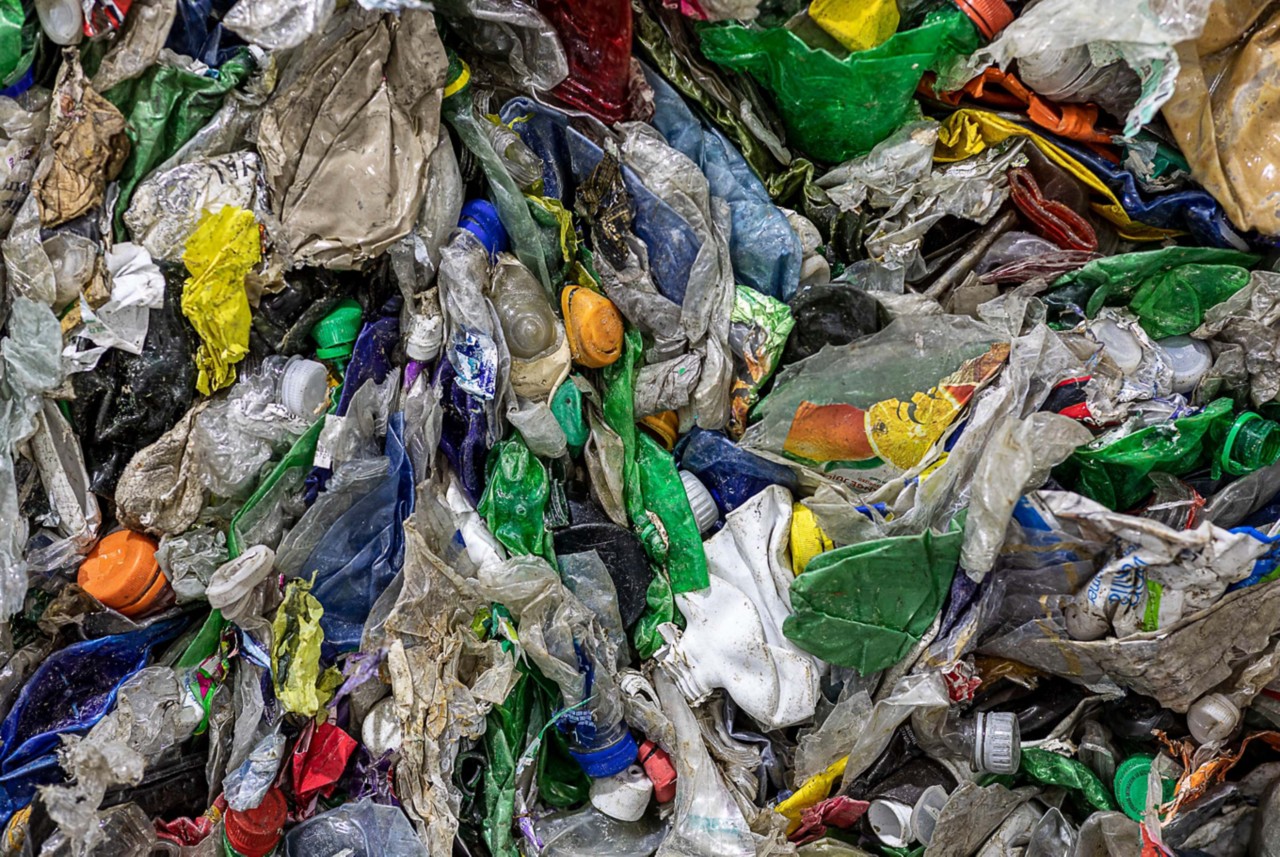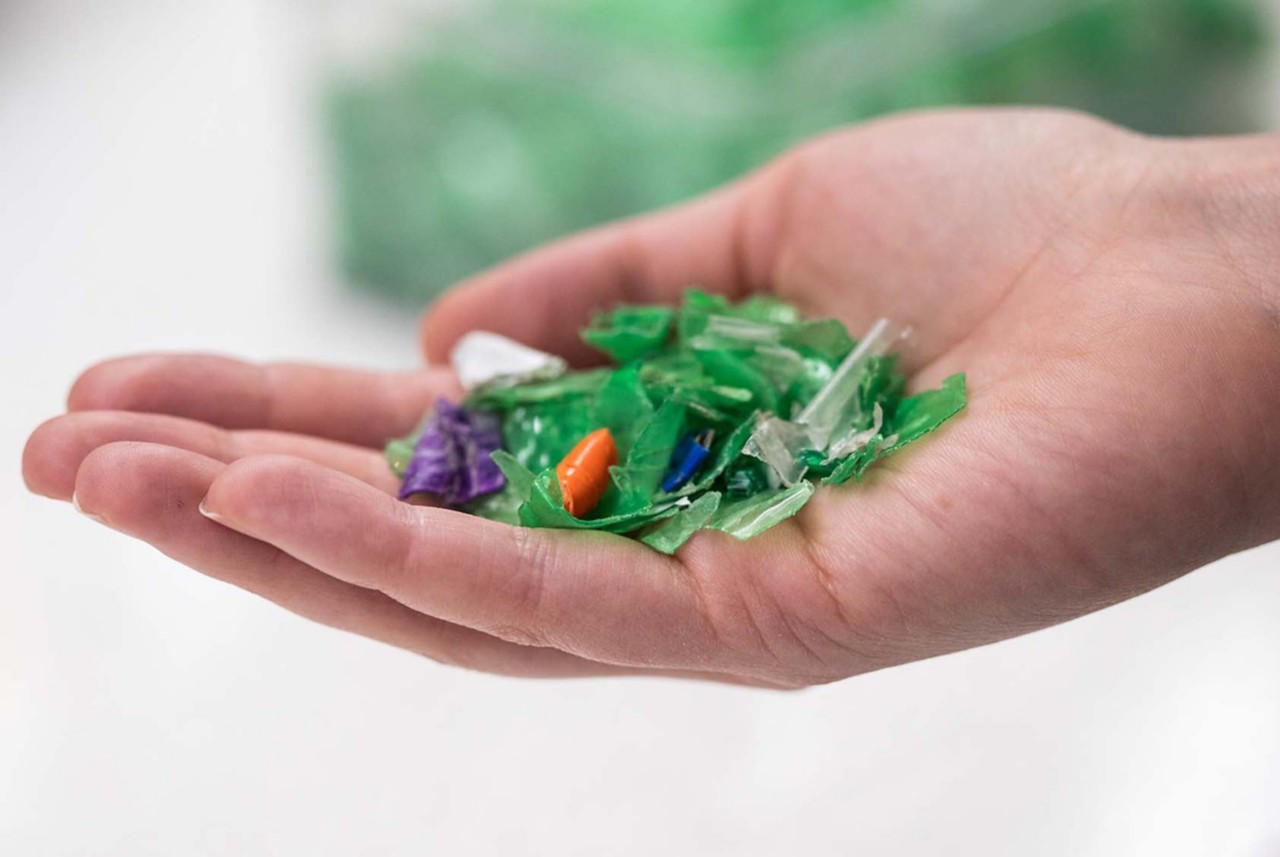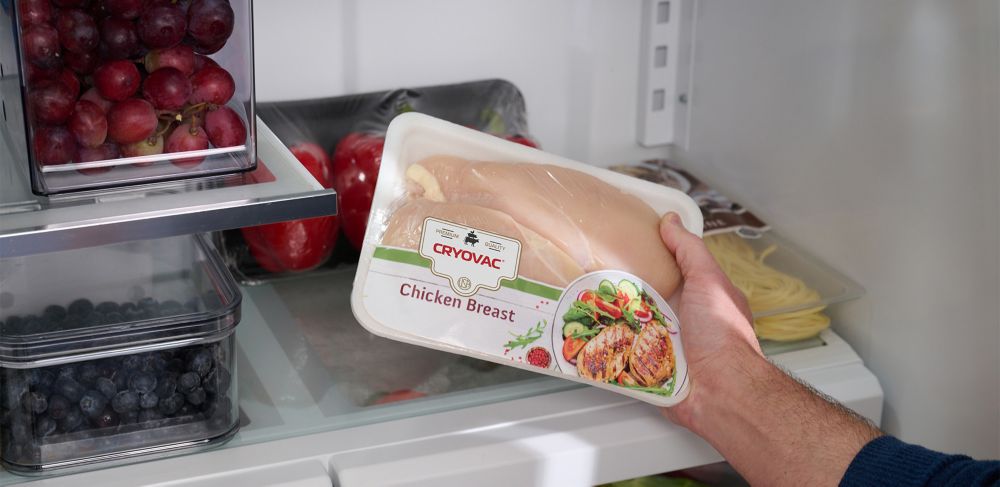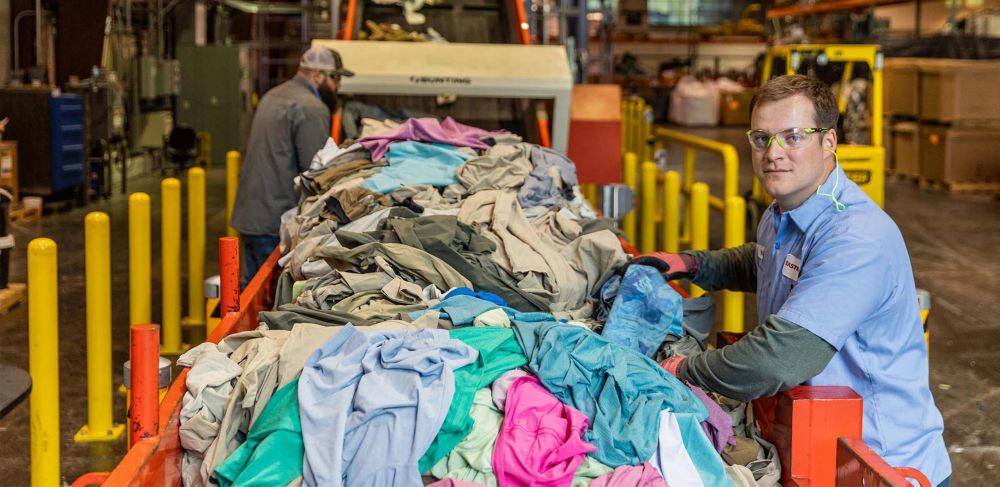- Carbon renewal technology
- Circular economy
- Climate
- Innovation
- Packaging
- Plastics
- Recycling
- Sustainability
- Technologies
- Polyester renewal technology
- Corporate responsibility
Molecular recycling, mechanical recycling work together
Some things are just better together. What’s your favorite pairing? Cake and ice cream? Tea and biscuits? Peanut butter and jelly? At Eastman, our favorite duo is mechanical and molecular recycling. We believe both are vital to achieving a truly circular future because they complement each other with distinct strengths — and they make a greater impact together.
In the latest installment of our series on Eastman’s six principles for a circular economy, we illustrate why a modern recycling system requires both mechanical recycling and molecular recycling.
The scoop on mechanical recycling
The traditional recycling most people are familiar with is mechanical. After items are collected and sorted by material, they are mechanically ground up or shredded. The shredded material is washed, dried and reprocessed. For plastic, that means melted down and, most likely, mixed with virgin plastic to create new products. As plastic items are broken down, the polymers stay largely intact.
Mechanical recycling is a responsible, logical option for turning certain types of used plastic into new products. But it wasn’t designed to process mixed plastic streams or the complex plastic that makes up so much of today’s packaging and durable goods.

Strengths of mechanical recycling
- Highly effective solution for recycling common items like beverage containers made from PET and HDPE — Resin Identification Codes (RIC) 1 and 2, respectively
- Keeps these plastics in the value chain longer
- Connected to existing infrastructure
- Cost-efficient, energy-efficient process with the lowest carbon footprint of existing recycling technologies
Limits of mechanical recycling
- Cannot effectively process plastics labeled with RIC 3–7, including many common packaging materials and durables
- Cannot properly separate multilayered packaging made from different plastic types
- Degrades plastic material each time it goes through the process — so it can’t save plastic from eventually going to the landfill or incinerator
- The market struggles to find valuable uses for mechanically recycled plastic other than clear bottles and HDPE.

Enter molecular recycling
Molecular recycling picks up where mechanical recycling leaves off by breaking waste down into its molecular building blocks, which are then used to create virgin-quality material. This enables molecular recycling to create value from a much broader variety of plastic waste that mechanical recycling can’t process.
The very different process makes molecular recycling the ideal complement to mechanical recycling so that, together, more plastic and more types of plastic can stay in the value chain where they belong.

Complementary strengths of molecular recycling
- Able to accept RIC 1 and 2 as well as 4–7, encompassing everything from food packaging to eyeglasses to carpets and textiles
- Designed to handle complex, mixed, opaque and colored plastic
- Creates virgin-quality material, even from plastic previously recycled via mechanical means
- Does not degrade material quality over time — plastic that goes through molecular recycling is infinitely recyclable
- Prevents the overall supply of high-quality, recycled plastic content from dwindling over time
Infrastructure and policy have supporting roles.
Right now, plastic circularity is limited by infrastructure and policy — not technology. The complementary duo of mechanical and molecular recycling is here and ready to achieve true material circularity. But even peanut butter and jelly need bread to make sandwich magic. In this case, we need legislation and infrastructure that enable both types of recycling to play to their strengths.
Smart public policy
Policymakers have an important role in developing smart legislation that encourages innovation, speeds adoption of new technology and provides a consistent way to measure results. We believe smart legislation takes a principled approach to recycling — similar to how Eastman approaches it — to create more opportunities for brands, consumers and the environment.
Big picture, we believe smart policies open new opportunities. They do not limit our chances to reshape the economy from linear to circular. For example, suggesting that brands should invest resources to redesign away from colored and opaque PET when viable and expanding end markets exist today is shortsighted. We should use all available technologies to recycle these valuable plastics and create complementary streams for mechanical and molecular recycling.
Specifically, policymakers can help renew the recycling system by:
- Ensuring that molecular recycling is included as a viable, recognized option and does not limit “recycled content” to only what is produced via mechanical recycling
- Including an accepted definition of mass balance, a tracking and tracing methodology that enables companies to accurately track molecularly recycled content through the supply chain
- Expanding infrastructure through incentives, mandates and investments
Expanded infrastructure
Smart policies pave the way for vital recycling infrastructure, including access, collection and sorting. We see many opportunities to capitalize on existing infrastructure and familiar public-facing collection processes to help make recycling easier and to reduce contamination in the mechanical recycling stream.
New infrastructure must also be built to successfully support molecular recycling. At Eastman, we are focusing our infrastructure development efforts on waste streams that have previously been considered to have low or no value and are not easily recycled by mechanical technologies. This avoids the two types of recycling from competing for the same plastic waste inputs and increases the range of plastics that can be recovered.
Mechanical + molecular = greater impact
With both types of recycling in place and ongoing policy and infrastructure improvements, the positive impacts will add up: greater amount and types of plastic recycled, more high-quality feedstock available and lower greenhouse gas (GHG) emissions (more on that later in the series). We’ll all be able to reduce our collective reliance on virgin fossil fuel feedstocks to make plastics.
This will help companies collectively move toward environmental and economic sustainability.
Keep reading to learn how a principled approach is necessary to build a circular economy. Stories on the first three principles in this series are available here. And then, in the coming weeks, check back on eastman.com for a story on Principle No. 5, which focuses on the connection between economic efficiency and the long-term success of the circular economy.





